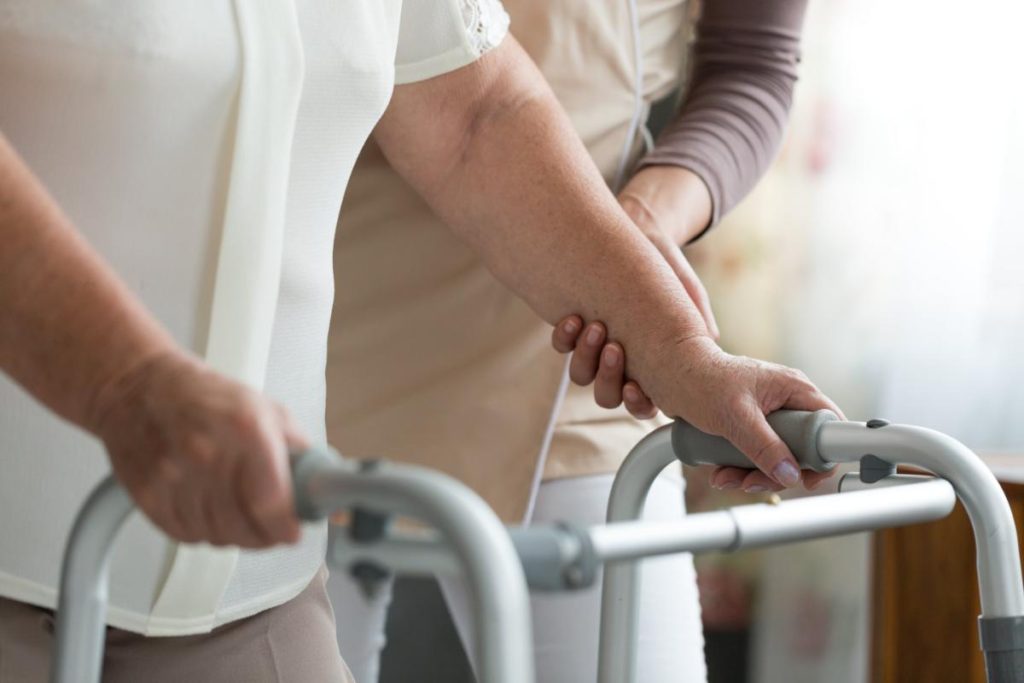Gait/Ambulation Training

- What it is: Our primary means of getting from one place to another is walking. With injury, age, or debility our patterns of movement and walking can be altered. Other sources of “gait dysfunction” can be pain, post-operative swelling, or balance/coordination deficits. It is common when a person experiences any one of these ills that they utilize an ambulation or assistive device in the form of a cane or walker. These devices can further change the way we move and are often times misused. Training or re-training a person to return to their prior level of walking and function is important in keeping them active and independent.
- Who it will benefit: Patients/clients that suffer from lower limb dysfunctions and pain can benefit greatly from gait training. It is not always so obvious but the upper body(arms) and trunk are also involved in mobility and walking. If a person has their arm in a sling due to a fracture they will not use it to swing when they are walking and will therefore reduce the amount of trunk stability/mobility involved in walking. Many patients who have had atrophy/weakness or who have recently had a traumatic event where they were not ambulating for a prolonged period of time exhibit certain gait deficits. There are also several neurological conditions such as strokes(Cerebrovacular Accidents), Parkinson’s Disease, or Multiple Sclerosis that can affect the way a person moves from one place to another. Anyone that continues to be an active community participant or who has a desire to improve their independent movement status can benefit from this type of training.

